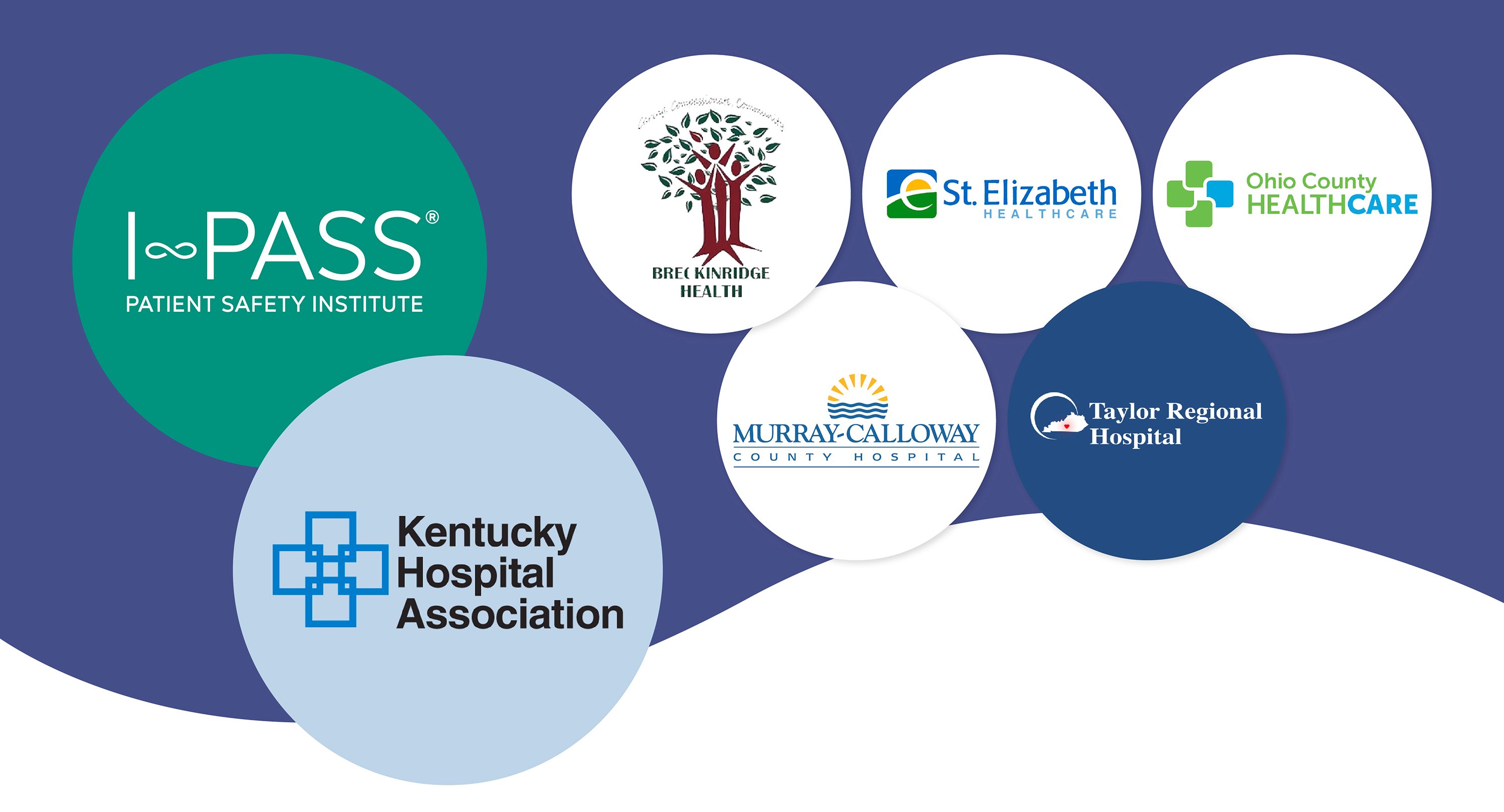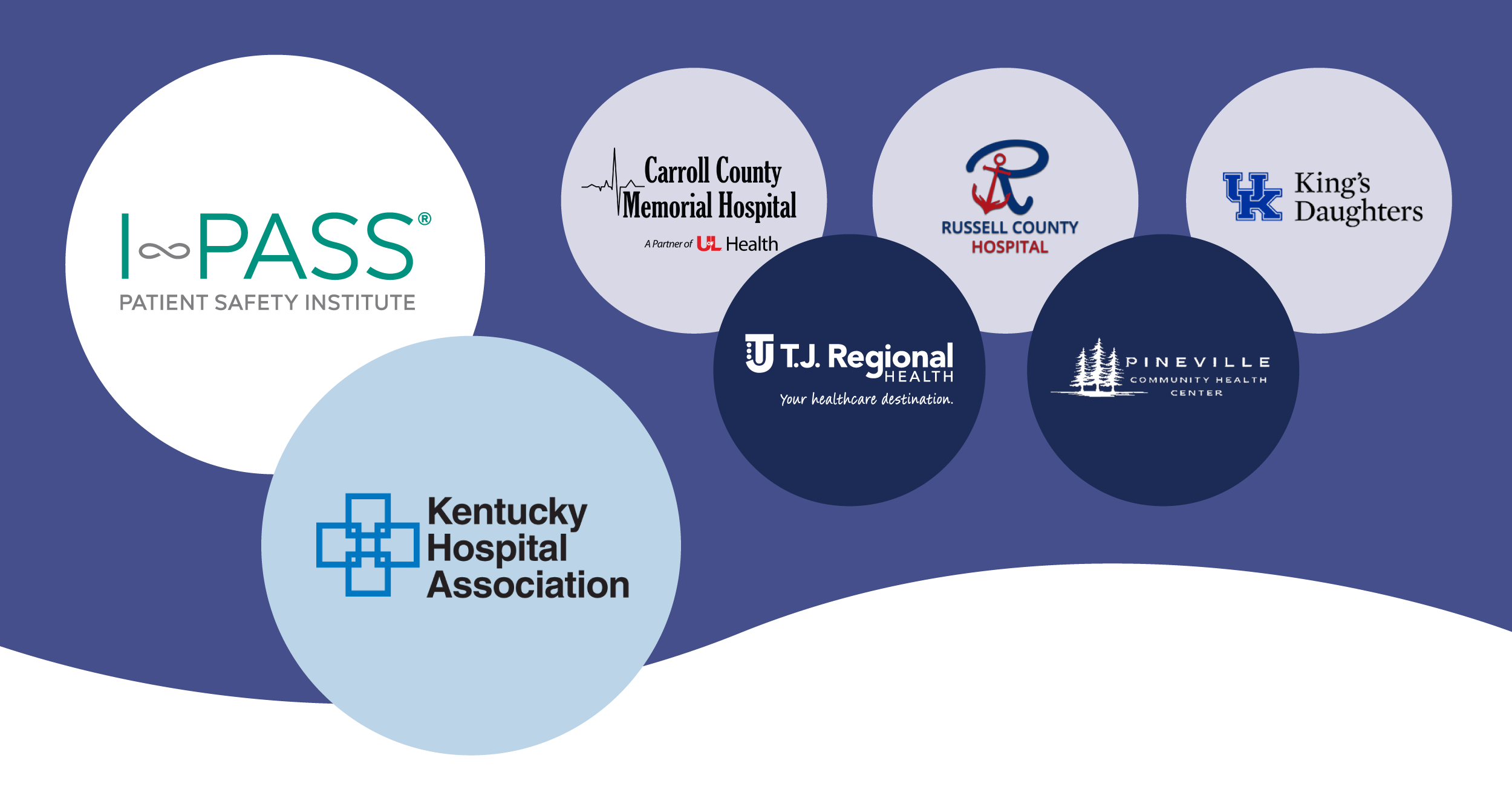We recently sat down with I-PASS Co-Founder Dr. Christopher Landrigan and Dr. Robert C. Goldszer, Chief Medical Officer of Mount Sinai Medical Center for a live presentation and Q&A. Dr. Landrigan provided a brief overview of the evolution of the I-PASS Handoff Method, followed by Dr. Goldszer’s presentation of residency-specific successes, benefits, and processes for adoption and sustainment of the I-PASS GME Program. Here are a few key takeaways from the webinar.
Origins of the I-PASS Handoff Method
Dr. Landrigan opened the webinar with a critical reminder—medical errors have been recognized as a primary cause of death for more than two decades. Starting with the 1999 report, To Err is Human: Building a Safer Health System, there’s been a public spotlight on sentinel events in our health system, and more recent projections aren’t encouraging. According to data published in 2016, as many as 251,000 patients are killed each year in the United States as a consequence of medical errors, making it the third leading cause of death.
While there’s controversy around the accuracy of some medical error-related estimates, it’s indisputable that the frequency of errors is alarming. Dr. Landrigan highlighted a key factor of these types of sentinel events: communication failure. Various data sets demonstrate that at least 50% of serious adverse events are related to miscommunication errors between healthcare providers as well as providers and patients. The issues span across all specialties, all disciplines, and throughout the healthcare system.
About fifteen years ago, Dr. Landrigan launched a pilot project at Boston Children’s Hospital to fix the variability in the structure of patient handoffs. At the time, there wasn’t a standard process for handing off information from resident to resident—some were providing way too much detail, and others not enough. The team acknowledged that there was a fully structured, formulaic script for gathering information when a patient is initially hospitalized, but once the patient is through the doors, there was no structure at all. The original idea for I-PASS was to create a structure for patient handoffs at the change of shifts.
Lessons Learned from Adopting I-PASS at Mount Sinai
As Chief Medical Officer at Mount Sinai, Dr. Goldszer carries the responsibility of making sure every patient receives great care. Several years ago, he noticed a high variability and lack of structure during handoffs. After realizing that reliable handoffs make a big difference in reducing the risk of malpractice and meeting ACGME requirements, Dr. Goldszer decided to bring I-PASS training to the residents at Mount Sinai.
Since 2017, Dr. Goldszer has overseen the implementation of I-PASS methodologies within the institution’s GME Program, establishing a new standard in patient communication: the I-PASS handoff method. Dr. Goldszer stressed the importance of getting buy-in from senior leadership early on and involving all the stakeholders—including residents, nurses, information technology (IT), quality improvement, and the patient safety team—at every step of I-PASS implementation. To underscore the importance of getting everyone on the same page, Dr. Goldszer used an aircraft carrier as a metaphor for the healthcare system. Like a carrier, every hospital is complex and has a mission—to provide excellent care—and thousands of individuals are involved in achieving that mission. However, if certain individuals don’t do their job well, it effects the entire system, and it can even be fatal.
Commitment to Continuous Education and Reinforcement
Throughout implementation, Dr. Goldszer highly recommends taking advantage of the many I-PASS Institute resources—including coaches, virtual training, eVIEW, assessments, and more. The I-PASS training platform keeps learners engaged and helps set the expectation for patient safety across the organization. At Mount Sinai, residents, fellows, attendings, and medical staff are trained in the I-PASS method—including incoming residents and fellows before their first day—so they have a shared understanding of the importance of structured, reliable handoffs. I-PASS coaches are equally critical in setting a team up for success and navigating any change management challenges that may arise.
To help maintain the I-PASS program, the team at Mount Sinai performs observations of each other’s handoffs, providing direct and immediate feedback after witnessing a handoff. Additionally, Dr. Goldszer leveraged a computer screensaver of the I-PASS program outline and loaded it on every system in the hospital to engrain it in everyone’s minds. Lastly, Dr. Goldszer explained the value of measuring and reporting on the utilization of I-PASS to ensure an ongoing impact.
Remember to Celebrate Your Successes
In recent years, Mount Sinai has had their share of notable achievements related to patient safety. Dr. Goldszer presented results from Mount Sinai’s Patient Safety Culture Survey. From 2016 to 2018 the team was underperforming in patient safety compared to national benchmarks, but since 2020, they’ve had forward progress and improvements. Finally, Dr. Goldszer reminded the webinar audience to “celebrate your successes,” and shared that Mount Sinai won the Leape Ahead Award in 2019 as recognition for their dedication to patient safety improvements involving residents.
Dr. Goldszer summarized the I-PASS implementation as, “a great journey that’s helpful for patients, residents, attending physicians, and nurses,” and to expect a lot of wins as a result of making this change and embarking on the I-PASS journey.
As GME Programs look to enhance their curricula for the next generation of physicians, it is essential that a structured patient handoff solution be incorporated into their training. To learn more about lessons learned from I-PASS implementation and Dr. Goldszer’s aircraft carrier metaphor, watch the webinar replay.

.png)



